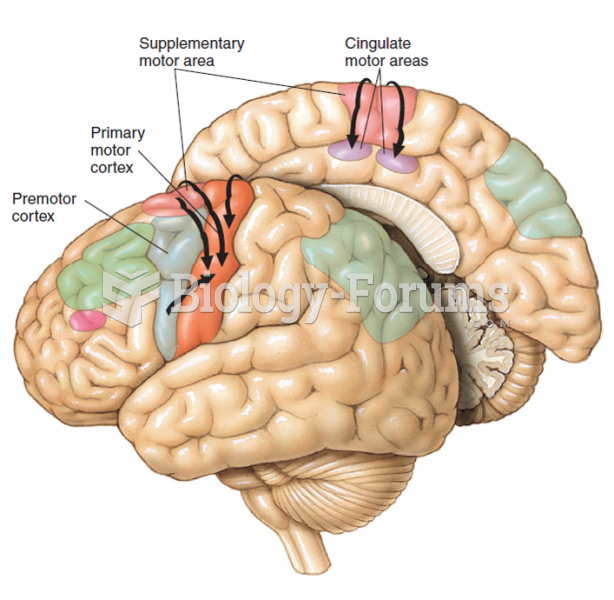Answer to Question 1
B
In a majority-minority area, the total population of minorities (people other than single-race, non-Hispanic whites) make up the majority of the population.
An area where the minority population is expected to become the majority is not an example of a majority-minority.
A place where the majority group alternates between white and nonwhite does not fit the definition of majority-minority.
In a majority-minority area, there is a majority, it just does not fit the traditional pattern of being white, non-Hispanic.
Answer to Question 2
B
Members of cultural groups share history, origins, values, and experiences. Something in the cultural group's history or values may be hindering members' use of services. The manager should enlist the help of community leaders to determine whether this is the case.
It may be true that members of this cultural group need further education on the program's benefits; however, it would be wise of the manager to explore the culture with leaders from the community to see whether there are any cultural barriers to using the services before planning more education.
It may well be true that the program simply is not equally beneficial to all cultural and racial groups; however, the manager should determine the reason why the services are beneficial for specific groups and what could be done to increase their relevance and use.
If it is determined, after much investigation, that certain services are relevant only to specific groups, then marketing and education should be tailored to those groups. However, before deciding that this is the case, the manager needs to assess whether something in the specific cultural group is keeping members from using the programs and services.







